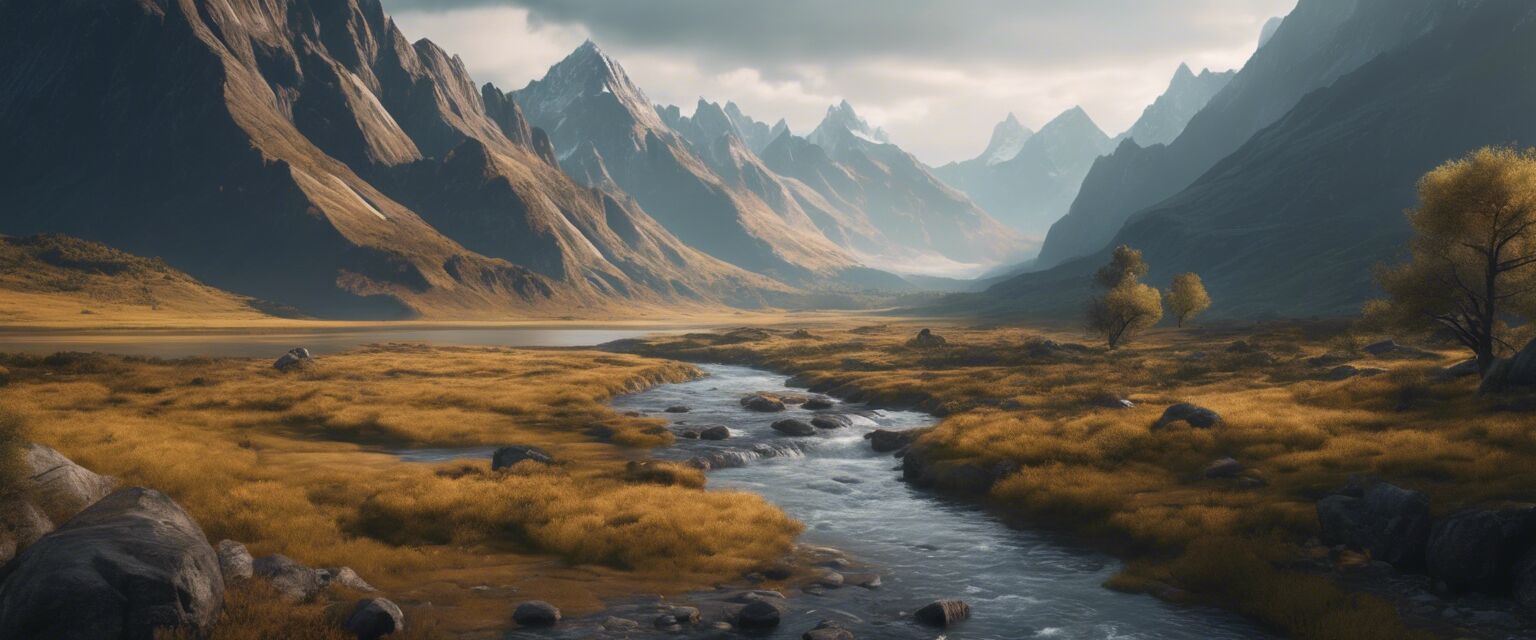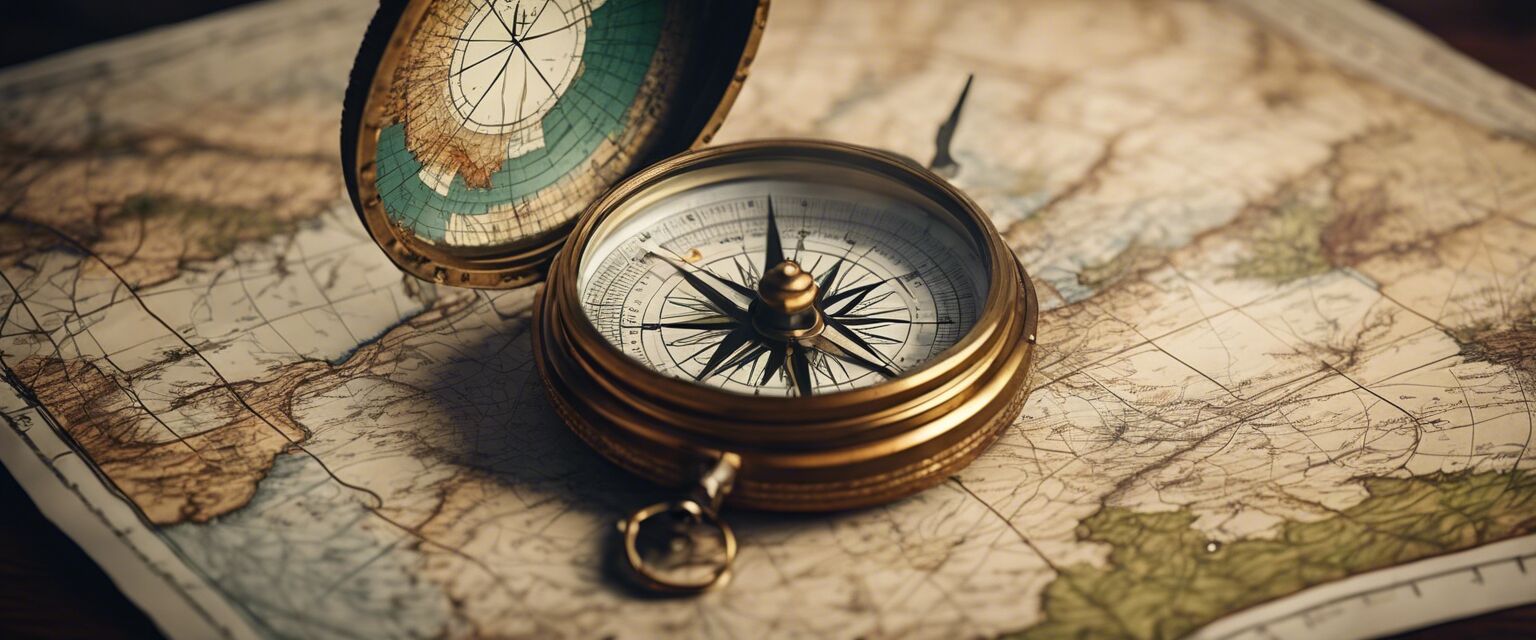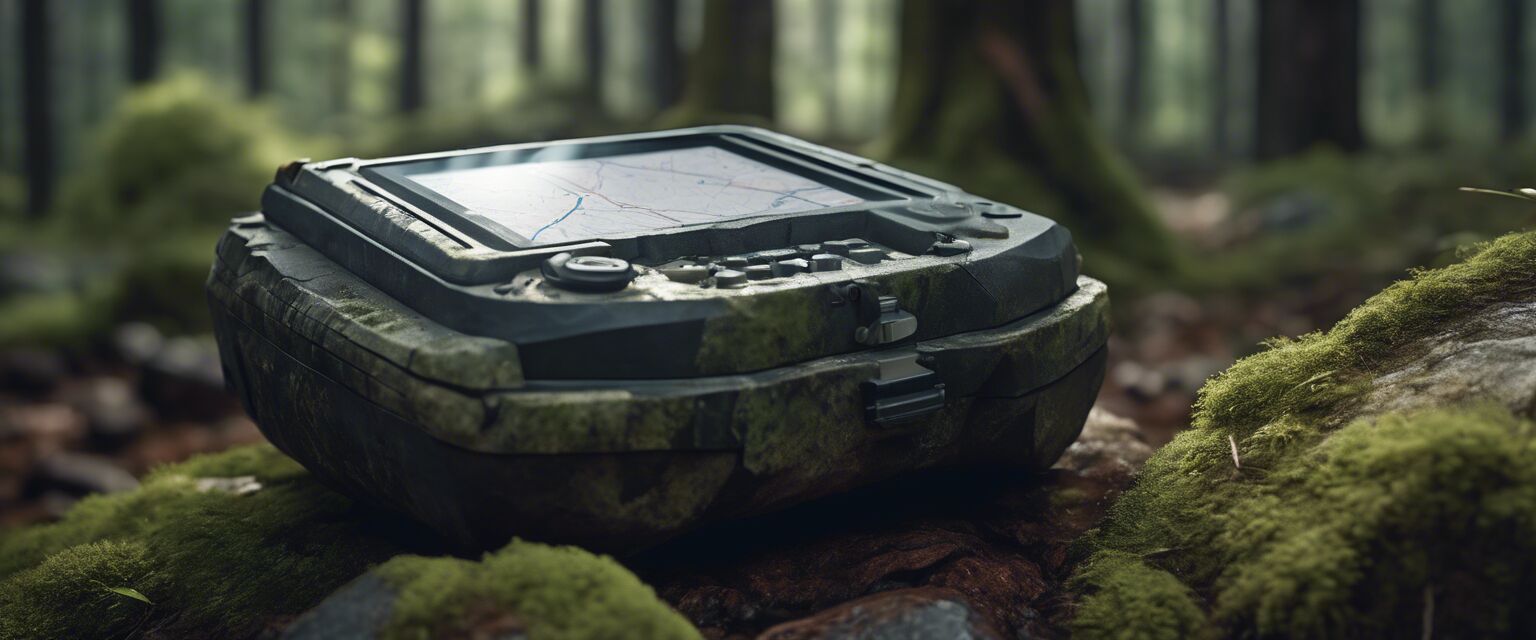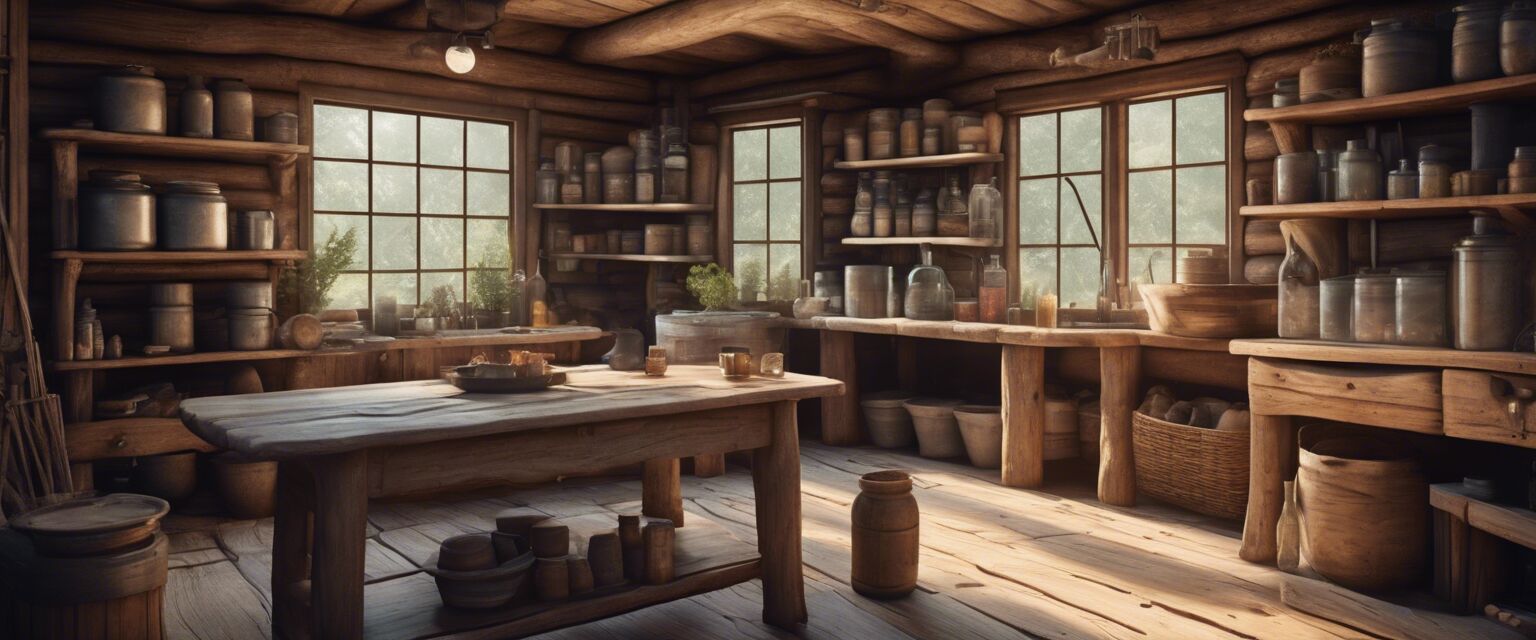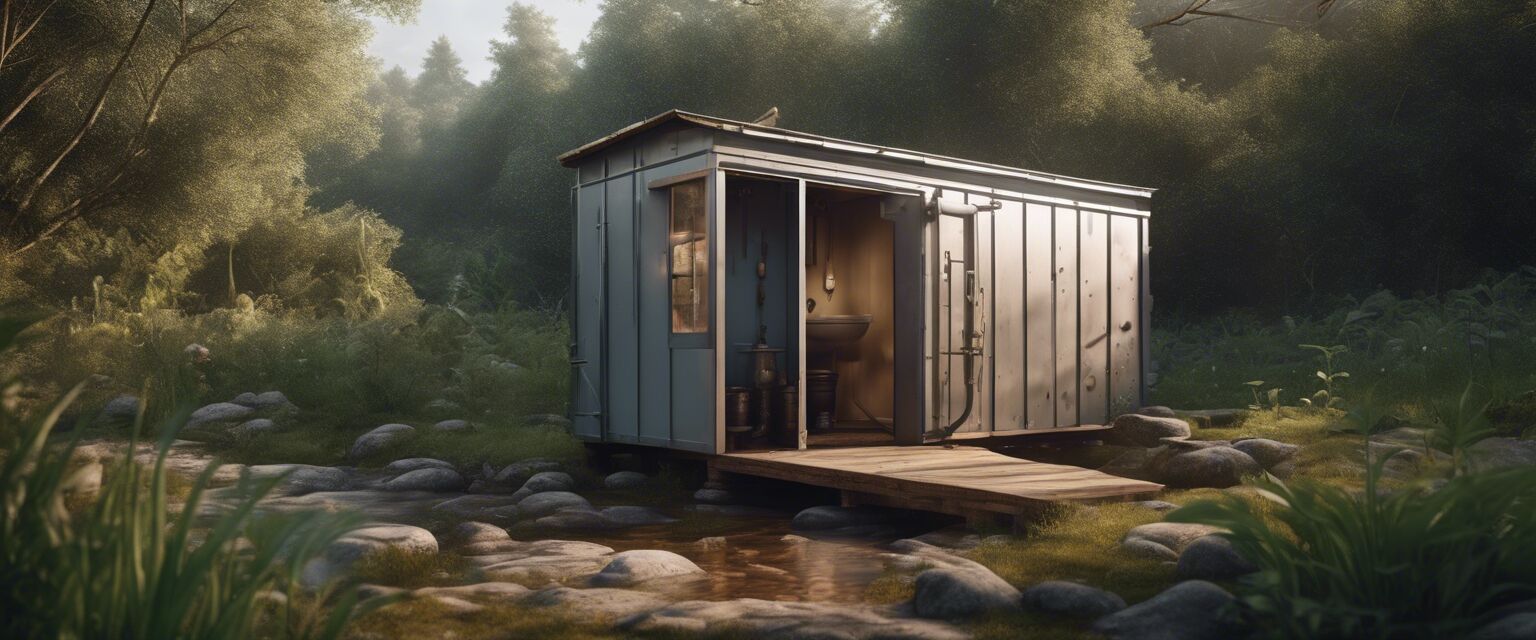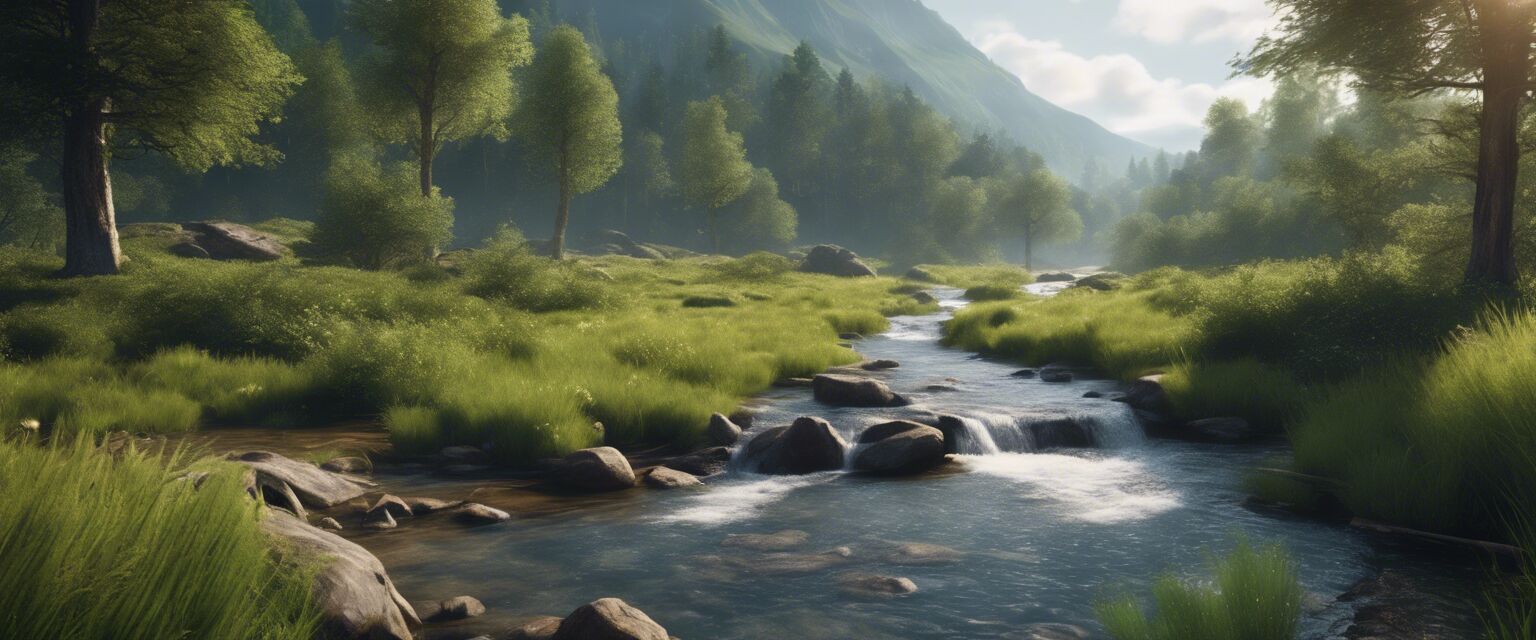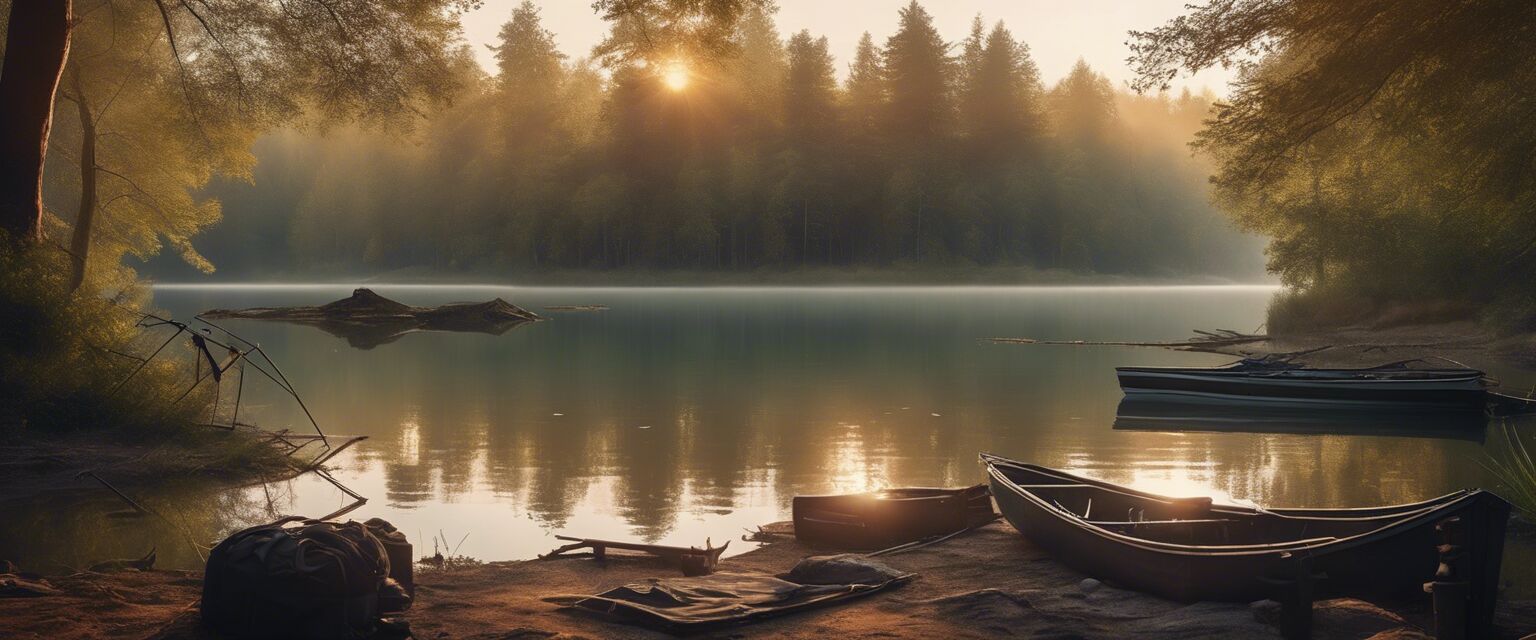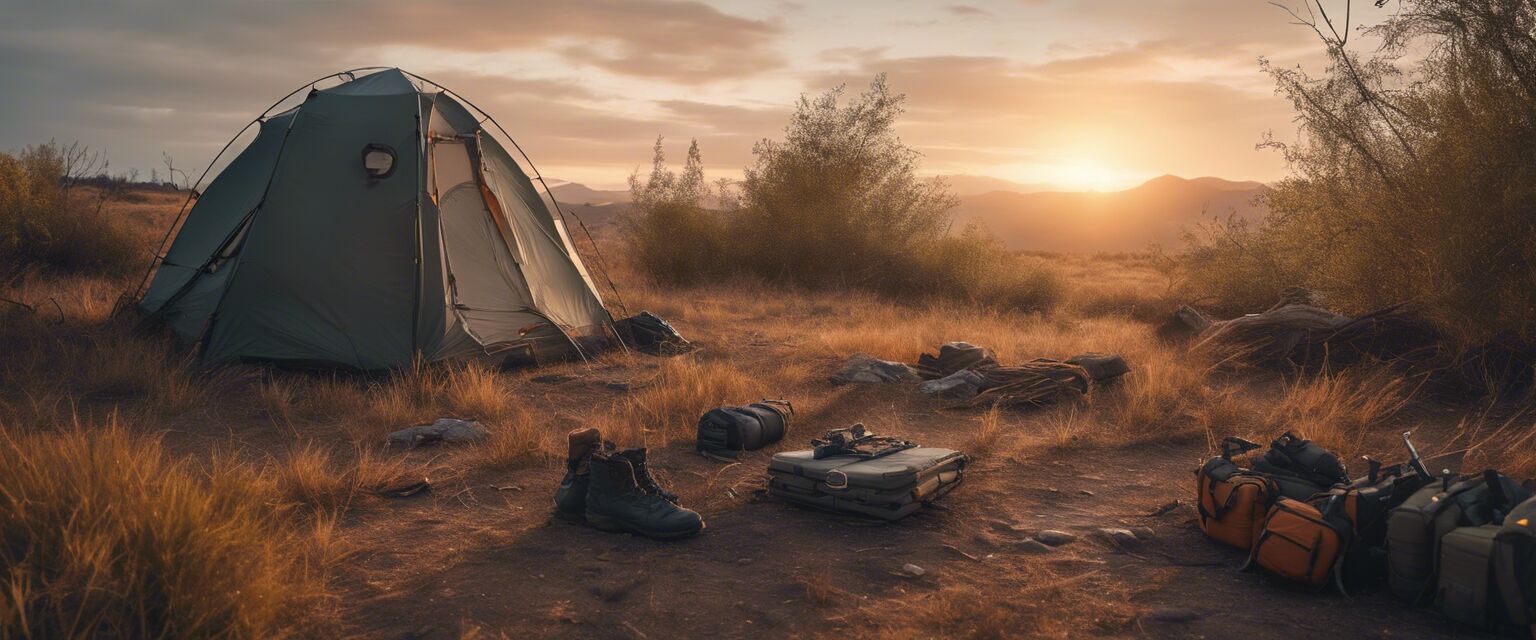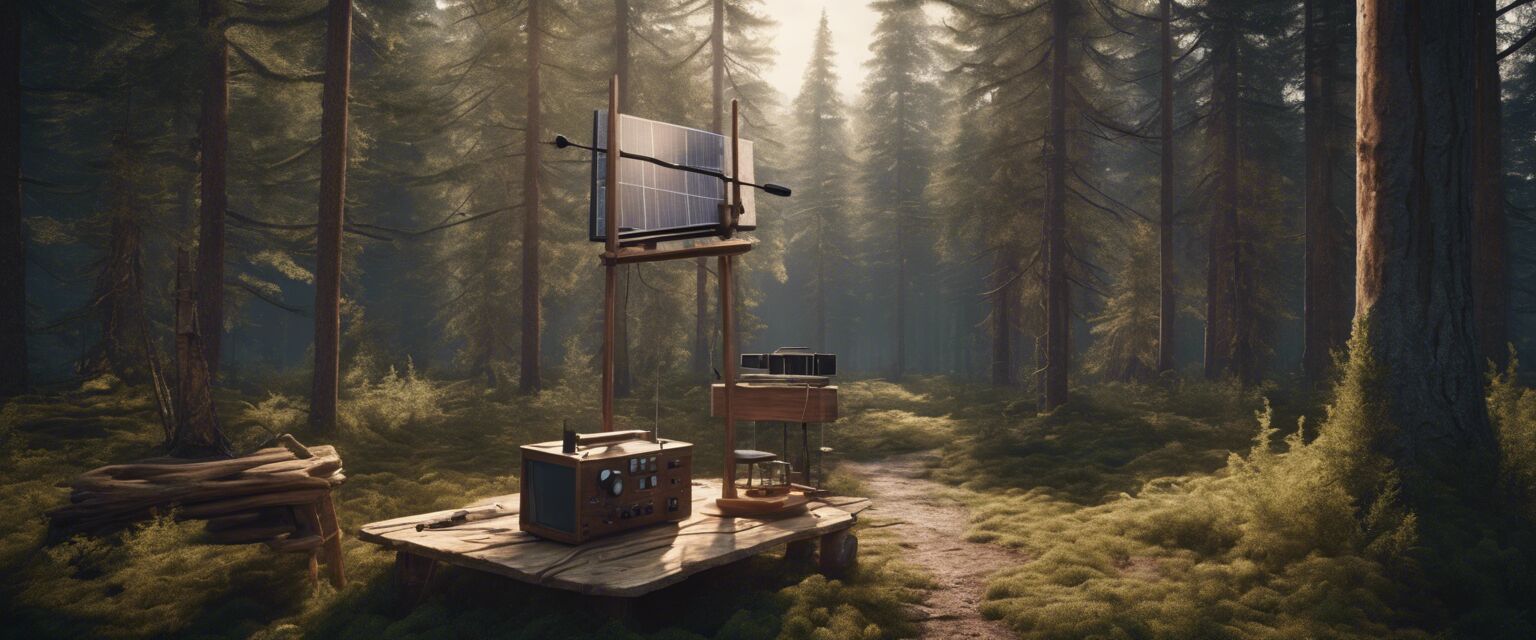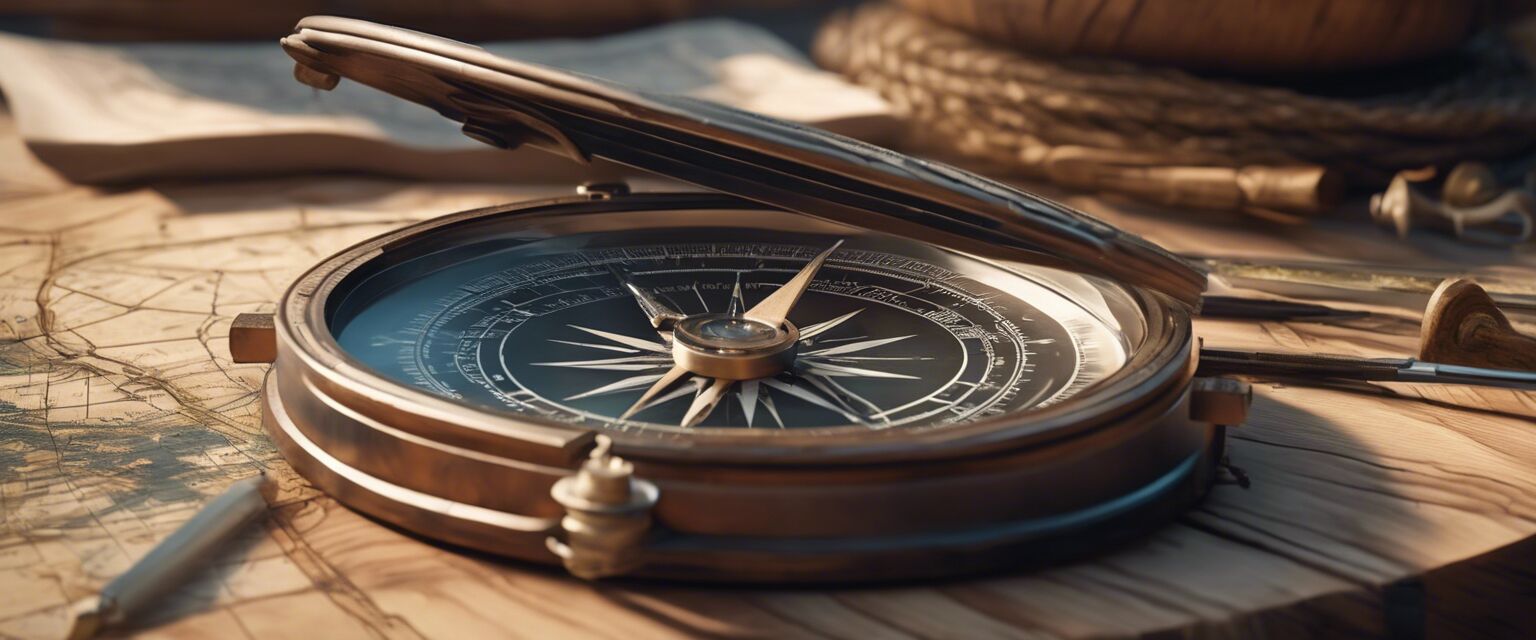
Navigation and Orientation
Key Takeaways
- Understanding basic navigation techniques is essential for safety in the wilderness.
- Tools like compasses and maps are fundamental for traditional navigation.
- Natural navigation methods can be effective when technology fails.
- Practicing these skills can enhance your confidence and preparedness.
In our modern world, we often rely heavily on technology for navigation. However, it is crucial to develop skills and techniques to find your way without modern devices. This article will explore various methods of navigation, essential tools, and tips for effective orientation in the wilderness.
Why navigation skills matter
Whether you are camping, hiking, or living off the grid, knowing how to navigate can keep you safe and help you reach your destination. Here are some reasons why these skills are vital:
- Prevents getting lost in unfamiliar terrain.
- Enhances your survival skills in emergencies.
- Allows for more enjoyable outdoor experiences.
Essential navigation tools
To navigate effectively, you will need certain tools. Below are some of the most important ones:
| Tool | Description | Usage |
|---|---|---|
| Compass | A device that shows direction relative to the Earth's magnetic poles. | Used to determine your cardinal directions. |
| Map | A visual representation of an area, showing physical features. | Helps in planning routes and identifying landmarks. |
| GPS Device | A device that uses satellite signals to determine location. | Provides real-time location data, but should not be solely relied upon. |
| Altimeter | A device that measures altitude above a fixed level. | Useful for determining elevation changes during hikes. |
Navigation techniques
Understanding various navigation techniques will help you find your way without modern technology. Here are some effective methods:
Using a map and compass
Combining a map with a compass is a traditional method of navigation. Hereâs how to do it:
- Identify your current location on the map.
- Determine your destination and plot a course.
- Use the compass to find the direction to your destination.
- Adjust your route as needed based on terrain and obstacles.
Natural navigation
Nature can guide you without the need for modern tools. Here are some natural navigation techniques:
- Sun position: The sun rises in the east and sets in the west, helping you determine direction during the day.
- Stars: At night, the North Star indicates true north.
- Landmarks: Familiarize yourself with prominent features in the landscape.
Practicing navigation skills
Regular practice of navigation skills can enhance your confidence and preparedness. Here are some activities to consider:
Tips for beginners
- Start in familiar areas to build confidence.
- Take a compass and map reading course.
- Practice navigating with friends or family.
- Use apps or games that encourage outdoor exploration.
Common navigation challenges
While navigating, you may encounter various challenges. Here are some common issues and how to overcome them:
| Challenge | Solution |
|---|---|
| Inaccurate maps | Cross-reference with multiple sources and local knowledge. |
| Bad weather | Use natural indicators and adjust your plans accordingly. |
| Loss of compass | Use natural navigation techniques and stay calm. |
Conclusion
Mastering navigation and orientation skills is essential for anyone who enjoys outdoor activities or lives off the grid. By understanding the essential tools, techniques, and natural indicators, you can ensure your safety and enhance your outdoor experiences. Remember to practice these skills regularly and be prepared for any challenges that may arise.
Pros
- Enhances safety in outdoor activities.
- Increases independence from technology.
- Encourages exploration and adventure.
Cons
- Requires time and practice to master.
- Can be challenging in unfamiliar terrain.
- May require purchasing additional tools.
For more tips on living off-grid, check out our sections on Food Preservation, Homesteading, and Wilderness Survival Skills.
Further reading
To expand your knowledge on navigation and orientation, consider these topics:
